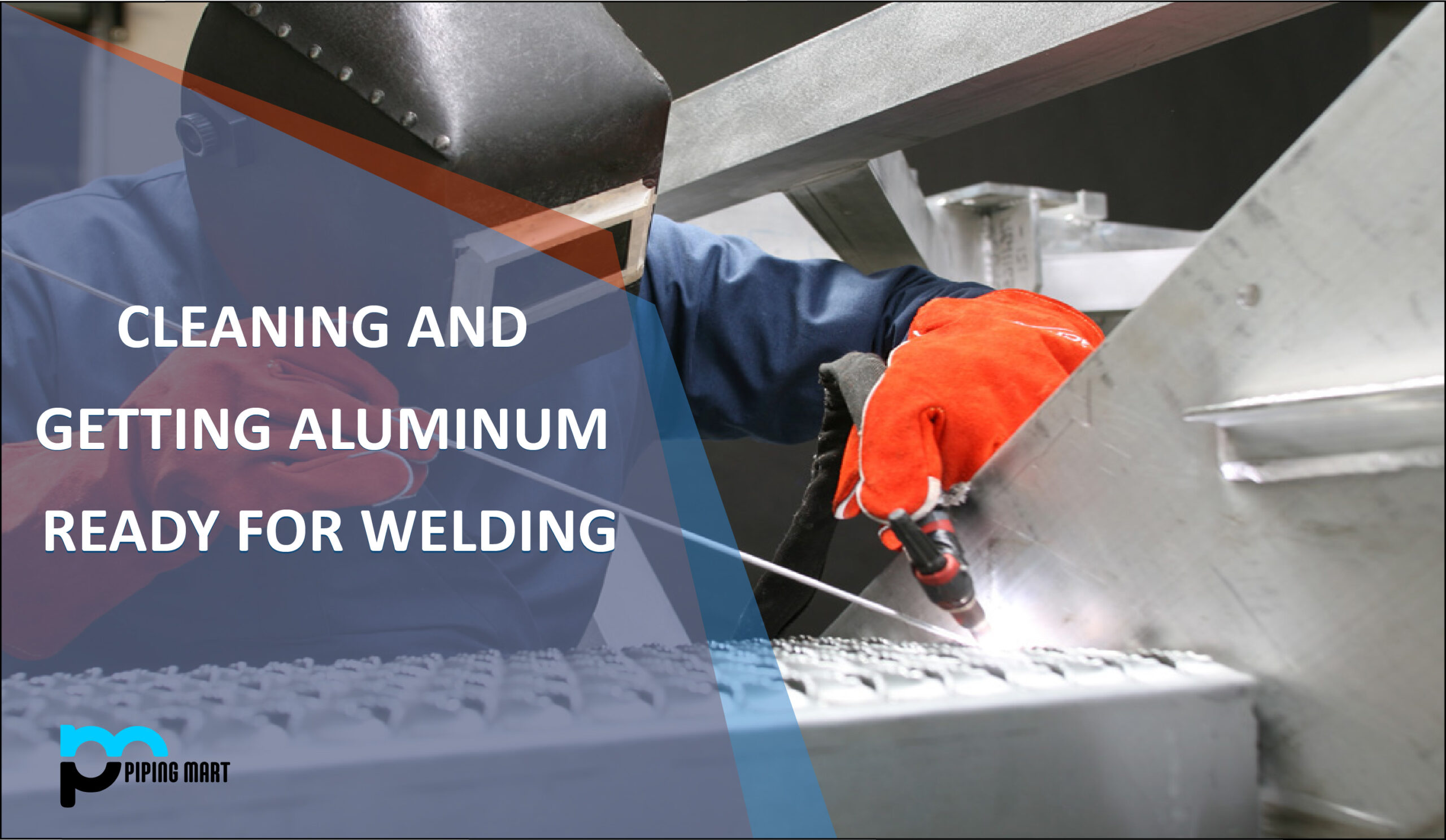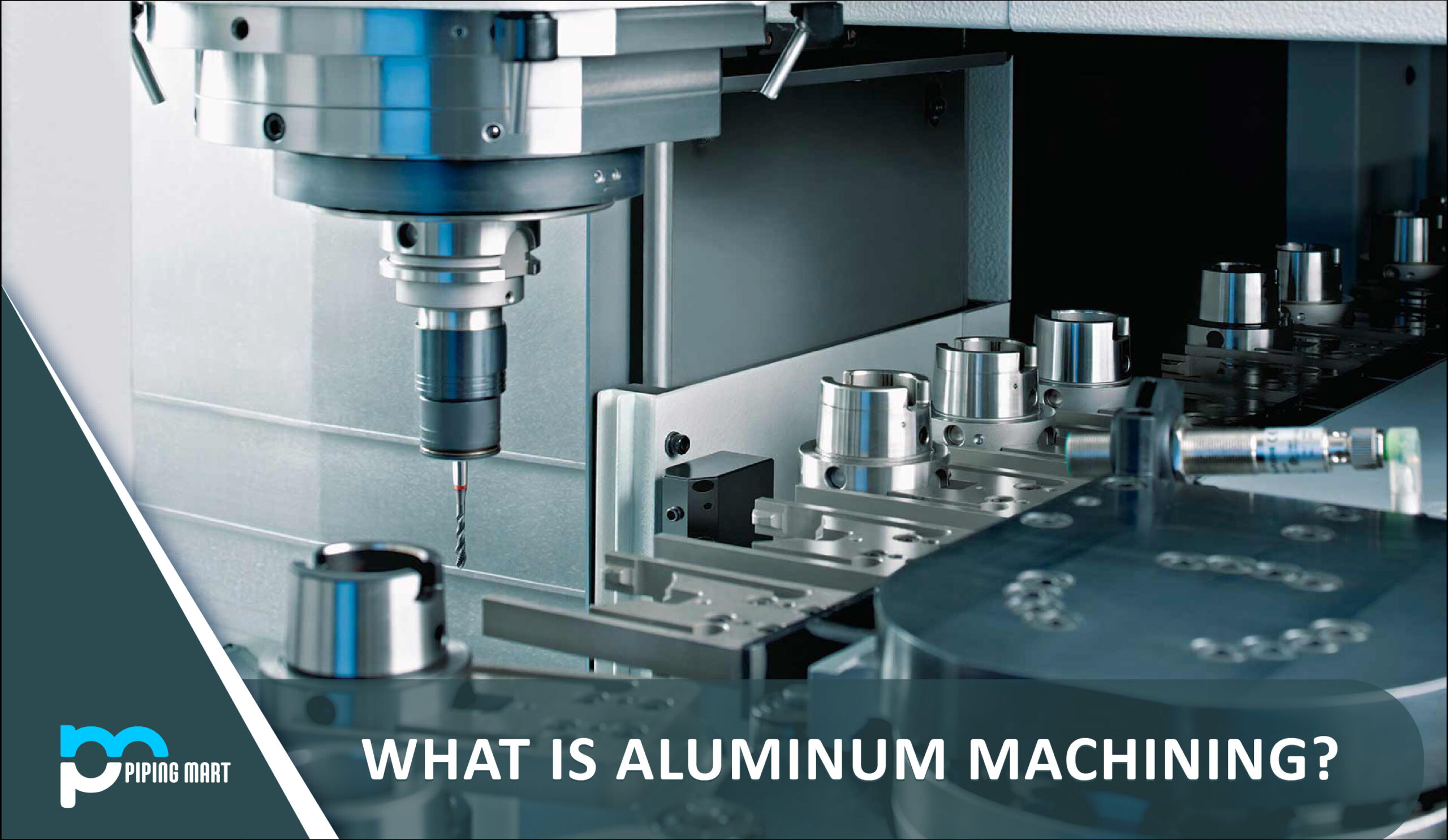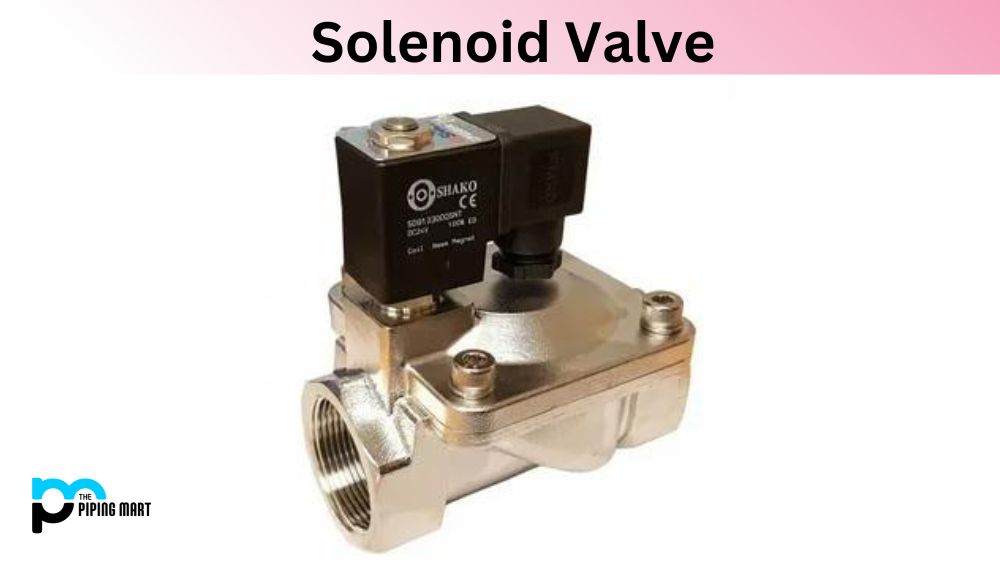The thermionic valve sometimes called a vacuum tube, or an electron tube is a device that has been used in the electronics industry since at least the late nineteenth century. They were mainly used in radios and amplifiers until they were superseded by transistors in the 1950s. In spite of this, there are still some advantages to using thermionic valves that make them worth considering for your next project.
Advantages of Thermionic Valve
Thermionic valves can run at very high voltages and can handle large amounts of current with no risk of failure. This makes them ideal for use in certain applications where other electronic components might fail due to overload or excessive heat. They also produce very little noise compared to other components, which is another benefit when it comes to audio applications. Additionally, their longevity makes them a great choice for long-term projects; thermionic valves have been known to last for decades without needing replacement.
They are highly durable.
One of the primary advantages of thermionic valves is that they are highly durable. This means that they can last for many years without needing to be replaced. This is in contrast to other types of valves, which may only last for a few years before needing to be replaced.
They are very efficient.
Another advantage of thermionic valves is that they are very efficient. This means that they require less energy to operate than other types of valves. This can help to save money on energy bills over time.
They have a high degree of control.
Thermionic valves also have a high degree of control. This means that they can be used to precisely regulate the flow of electricity or other substances. This is in contrast to other types of valves, which may not be able to provide such a high degree of control.
They are very versatile.
Thermionic valves are also very versatile. This means that they can be used in a wide range of applications. This is in contrast to other types of valves, which may only be suitable for use in a limited number of applications.
They are relatively easy to maintain
Another advantage of thermionic valves is that they are relatively easy to maintain. This means that they do not require a lot of care and attention in order to keep them functioning properly.
Disadvantages of Thermionic Valve
Unfortunately, as with all technologies, there are some drawbacks associated with thermionic valves. Firstly, they require more power than other electronic components and can generate significant amounts of heat if not carefully managed. This means they must be carefully placed so as to not overheat any other components in the system. Additionally, they are much bulkier than other components and may require additional space in order to fit into a project’s design. And finally, they tend to be more expensive than other components due to their specialized nature and limited availability on the market today.
- They require a high operating voltage.
- They are not very efficient.
- They are large and bulky.
- They generate a lot of heat.
- They are expensive.
Conclusion:
Despite these drawbacks, thermionic valves remain popular among hobbyists who appreciate their robustness and longevity when compared with modern electronic components such as transistors and integrated circuits (ICs). If you’re looking for a reliable component that will stand up against the rigours of time, then thermionic valves may just be what you need – just make sure you take into account all their pros and cons before making your final decision! Intended Audience: Hobbyists interested in electronics engineering projects.

Abhishek is a seasoned blogger and industry expert, sharing his insights and knowledge on various topics. With his research, Abhishek offers valuable insights and tips for professionals and enthusiasts. Follow him for expert advice on the latest trends and developments in the metal industry.




